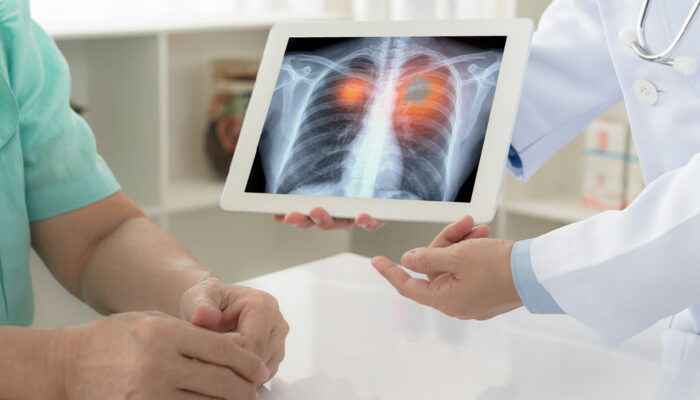
health
5 household items that can increase the risk of cancer
From cleaning supplies to food storage containers, did you know that many daily-use household items have been linked with cancer? However, it can be challenging to avoid these products, making it essential to consider the compounds they comprise, know the potential risk factors, and steps to be taken for safety. To begin with, it is vital to acquaint yourself with this list of household items that have been linked with cancer to avoid adverse effects. Cleaning products Benzene and formaldehyde are common compounds in cleaning products and these have also often been linked with cancer. They can be present in household items like disinfectants, bleach, and air fresheners. Pesticides Pesticides are commonly used in gardens and on houseplants to control the activity of pests. However, pesticides contain chemicals like glyphosate. It is important to either use natural alternatives or use these chemicals with caution to avoid the harmful effects of this carcinogenic compound. Canned foods Bisphenol-A or BPA is a commonly found chemical in canned goods. This compound that lines most canned foods is associated with cancer. It is advised that people choose frozen or fresh produce instead of canned ones. If that is not possible, look for canned foods with a BPA-free label on them.
Read More 








